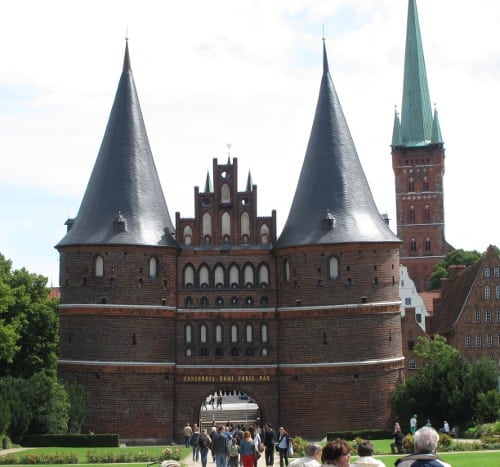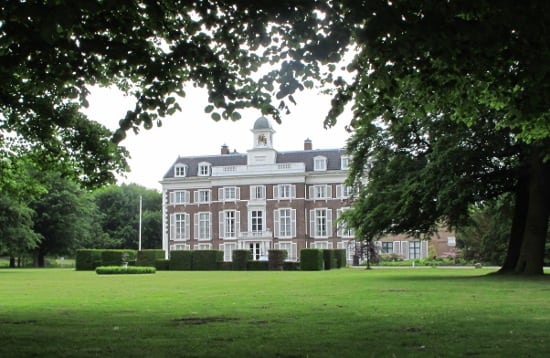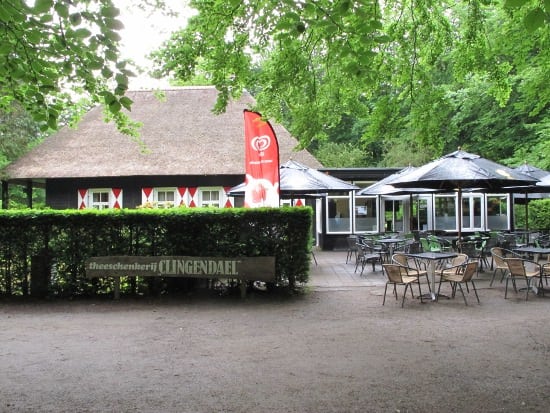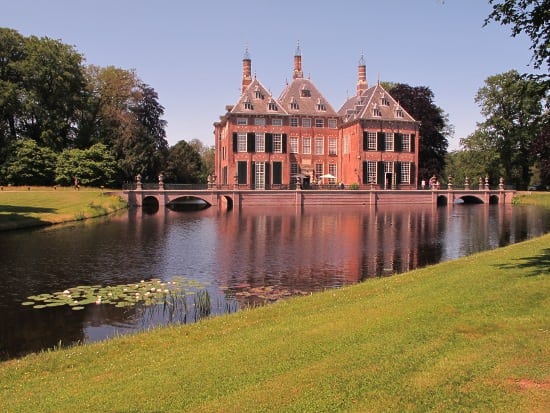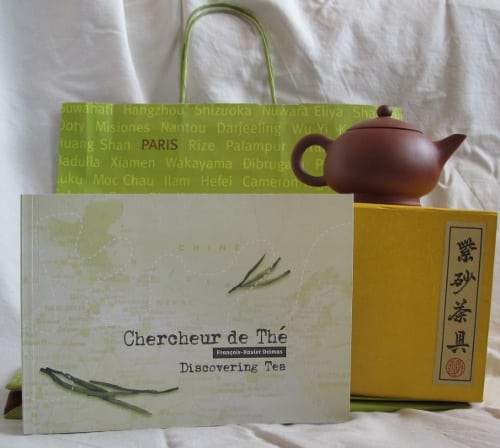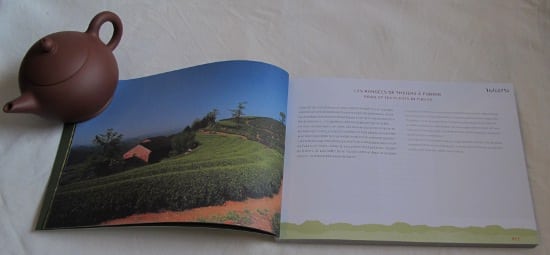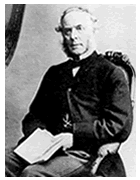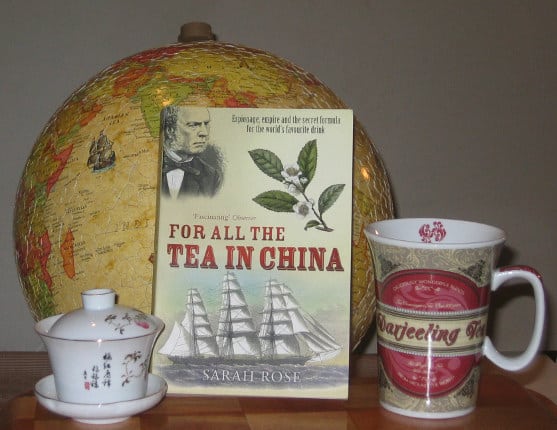Almost everyone that has not lived in a cave or under a rock has heard about and maybe even seen a glimpse on that box with moving pictures that there is something like a Japanese Tea Ceremony. A lot of people know that it has something to do with putting some powder into a bowl and stirring it very hard like an egg. However there are people, like all those teatra.ders, who know that this description does not do the ceremony any justice and some know, again of course all those teatra.ders, that there are actually several kinds of Japanese tea ceremonies. Some of which don’t use tea powder and not all lead to muscle pains.
Tea in Hamburg 1: Tea in Lübeck
Going to a conference and adding a few days for myself gives oppurtunities for teatourisme in places that I might otherwise not have visited. This time I had a conference in Freie und Hansestadt Hamburg. And though the city was on my optional list and a previous trip to this city was cancelled I would probably not have visited it on my own.
Hamburg is a big city and I had a couple of days, so there is more to tell than fits into one post. This first part will not be about Hamburg, but about another German Hanseatic city. This city has this old gate as a kind of trademark:
Four Teas
Which one of the following teas does not belong in the following list and why?
- Dragonwell
- Bi Luo Chun
- Mao Feng
- Gunpowder
Take your time to think about it…
Hidden treasures 2
The Dutch part of the ~5000km long North Sea Trail (NST) is 725 km and thereby the longest connected hiking route in the Netherlands. There is a small 12km part of this route that I try to walk once every year: Meijendel-route (Dutch). The route starts in The Hague, passes some estates and goes through the dunes to Wassenaar. Quite a nice route trough different landscapes. Though several times I had to walk the last part through the woods in the dark. In autumn I should start in time and not linger too long in the “Pannenkoekenhuis”.
The route goes through estate Clingendael. A 17th centure estate currently used by the “Netherlands Institute of International Relations Clingendael“.
On my hike I usually stop at the teahouse on the estate for you know what. You should not expect too much tea in a teahouse in the Netherlands. Most serve only standard teabag tea, with a choice between flavored or not. Luckily there are some exceptions and last few years there is a noticeable rise in the quality of teabags served in others. Note that we are a teadrinking nation and the concept of loose leaf tea is widely known, though most people stick with bags and there is a price limit on available loose leaf tea. It has been a while since I had tea in this teahouse and was not an exception back then.
Directly after the teahouse The Meijendel-route takes a sharp turn to the right. However ~50m straight on instead of right we find on the left…
Hidden treasures
Previous second day of Pentecost(*) I went out for a ride. The weather was good en because it was also “Day of the Castle” several Castles and Mansions opened their doors.
One of those Castles is Castle Duivenvoorde in Voorschoten the Netherlands, a castle that I pass by several times a week for the last couple of years, but now I went inside for the first time.
Outside the Palais
The last time that was the day that only occurs once almost every four years I had a very short unexpected trip to Brussels. During that short time I was able to visit two tea stores. La Maison du Thé and Le Palais des Thés. Of course I spend too much, eh too little, eh, well you understand.
Besides the teas I also bought a book at the Palais: “Chercheur de Thé / Discovering Tea” by François-Xavier Delmas, the founder of the Palais.
The small book contains blogposts and photos by François-Xavier as he posted them on his blog (english) from 29-01-2010 to 01-04-2011. That is his first year on that blog. The paper is mat and the pictures are therefore not as vivid as on his site. But the pictures are still great.
In his blogs (at least in his book, I did not check everything on the site) he combines his photo’s with a short description of what’s on it. In most cases the photo is on the left page, French text left on the right one and English right on the right one. The stories and photos range from visits to tea plantations, cities, tea tastings, food and contain small bits of tea knowledge. What else do you expect from a photographing tea merchant who travels around the world who uses his blog as a public travel diary?
Of course you can read his blog on his site. But for those who would like to read it on paper, leaf through it, prefer the smell of paper over that of electronics or those who still don’t realize that he also has an English version of his blog this is a little gem.
For those that have read the online version, prefer the smell of electronics over that of paper, prefer the vivid screen photos over the mat paper versions or who want to spend their money more wisely or more wasteful this book has nothing to add except a paper version.
Are there others out there that have bookified their teablogs?
- Delmas, François-Xavier, Chercheur de Thé / Discovering Tea, 2011 (2012?). ISBN 2-9517419-4-4
- Blog: Chercheur de Thé / Discovering Tea
For all the tea in India
As I predicted I come in and Tea Trade collapses. Or was it just coincidence? Luckily @Peter and @Jackie were able to rebuild Tea Trade on a new server. For which our thanks.
Someone who came into the teaworld, shook it, caused the existing tea world to collapse and new tea worlds to arise leading to cheap tea and teabags. Okay let us not blame him for the teabag and to be fair new excellent and unequaled teas did arise as a consequence of his actions.
Of whom I speak? Do I really have to give his name? Robert Fortune of course. He went into China, took tea and tea knowledge out of it. Caused the serious birth of tea production in India, replacing China as the most important tea-export country. This caused the China tea business to collapse and a lot of tea gardens to be closed and forgotten. The hunt for cheaper tea and more control over tea production in the end led to dust to fill the bag. On the other hand the excellent terroir of the Himalayas also led to First Flush teas that are hyped and loved in the current season.
One book about the travels of Robert Fortune is “For all the tea in China” by Sarah Rose. This book has been reviewed many times by now so I will just say what I have to say about it. For details conveniently left out of the book I have to refer to @robertfortune.
The story
For those that can’t remember the story or just can’t get enough of it I start with a very short version.
At the beginning of the nineteenth century the British East India Company (EIC) had a monopoly on the tea trade from China to England. Unfortunately for them, but luckily for tea drinking Britain times and laws changed opening up the China tea market to other companies.
So the EIC had to look for ways to ensure having enough cash cows in the future. One of the things they tried was the production of tea in an area they controlled: India. However low quality seeds and plants and a lack of knowledge about tea production ensured the failure of these attempts. So they send people to China to buy proper seeds and plants and to convince teamakers to come to India and teach the process. This in a time when foreigners were not allowed into China and the tea secrets were heavily guarded. Unfortunately the hunters that came back alive came back with inferior material and people that knew just a little about tea production and were unwilling to teach even that bit.
So came Robert Fortunes turn to boldly go where others had failed before. Before Robert was hired by the EIC he had already been at the other side of the border of China to collect plants, but not tea. So he new something of what to expect. Now he made two trips into China. One to find Green tea plants, seeds and production knowledge. The other to find the same for black tea. Although the first trip was a success on itself the result was a failure, thanks to the “competent” people in India. The second trip and his work in India afterwards were successful enough to jump-start the Indian tea production, changing the teaworld forever.
The book
The book itself is easy and light to read, sometimes too light for my taste. She gives a short version of his adventures on these two trips. She connects his discoveries, circumstances and happenings with the later and current situation. Thus providing context and new knowledge to his travels. However the fact that she thinks the Dutch are still drug pushers speaks of a total misunderstanding of our laws and trade (Now take some, resistance is futile)(*).
Something that I did not like was that she does not tell what happens after a story that ends in a not so good situation. This leaves multiple unresolved cliffhangers. I guess I will have to read the books of Robert Fortune himself to resolve these.
All by all it was a nice book to read and expanded my knowledge of the history of China, India and of course tea. Wanting to learn more I pushed the books of Robert Fortune a few places up on my wish list.
– Rose, Sarah, For All the Tea in China, 2009. (amazon) (worldcat)
(*) Of course the only drug allowed is tea.
A beginning
So this will be my first serious blog post here on tea trade. Which of course means that once I push the publish button the Tea Trade Earth will tremble, walls will collapse with me right through the open window and once the dust settles I’m standing in the open window of the collapsed wall amid the debris of Tea Trade. Peter and Jackie will hurry to me on their broomsticks and use their clubs to sweep me of the Earth through the goal posts of the competition and out of this universe. Taking the snitch and all the tea of the world with me of course.
So knowing that I will be swept out of the universe with all the tea I can now start to break all good blog posting rules.
Now, where does one start blogging. I could start at the beginning. Ventilating the little knowledge I have and can find about archaeological findings of tea plants and leaves. Or I could just start like almost all tea books with the mythology of emperor Shen Nong or one of the horror stories starring Bodhidharma.
I could also start with the first tea coming to Europe with the Dutch, conveniently ignoring the rumours that the Portuguese might have beaten my fellow countrymen to it.
Considering that my first tea was before my memory that would not be a good place to start.
Or I could start at the start of the great tea depression: The rise of the teabag and the tea-world crumbling to dust.
Of course I could also start at the beginning of the tea renaissance where tea starts to grow out of the dark ages of the teabag and becomes whole again.
Or I could skip to the very end and find out who has done it. It can’t be the butler, because I have none.
But there are two errors that I will not make in this first post. I will not make it too long and I will not show all my cards. I just keep one for myself.
The wheel of time turns, and ages come and pass, leaving memories that become legend. Legends fades to myth, and even myth is long forgotten when the age that gave it birth comes again. In one age, called the third age by some, an age yet to come, an age long past, a steam rose from a kettle. The steam was not the beginning. There are neither beginnings nor endings to the turning of the wheel of time. But it was a beginning.
Unfortunately for the teapot and the day this is the end. Or is it a beginning?
First post
Not much yet. But I have to start somewhere. The coming months this blog should either die or develop. Let see what this will bring.
